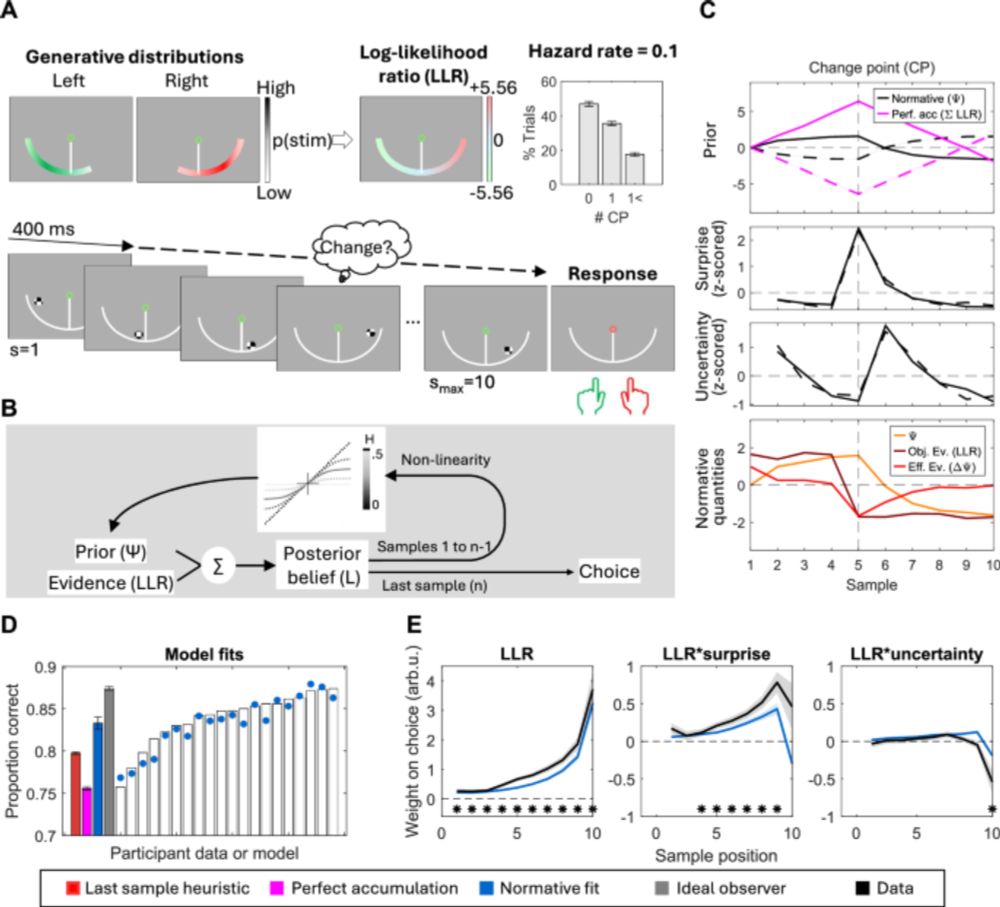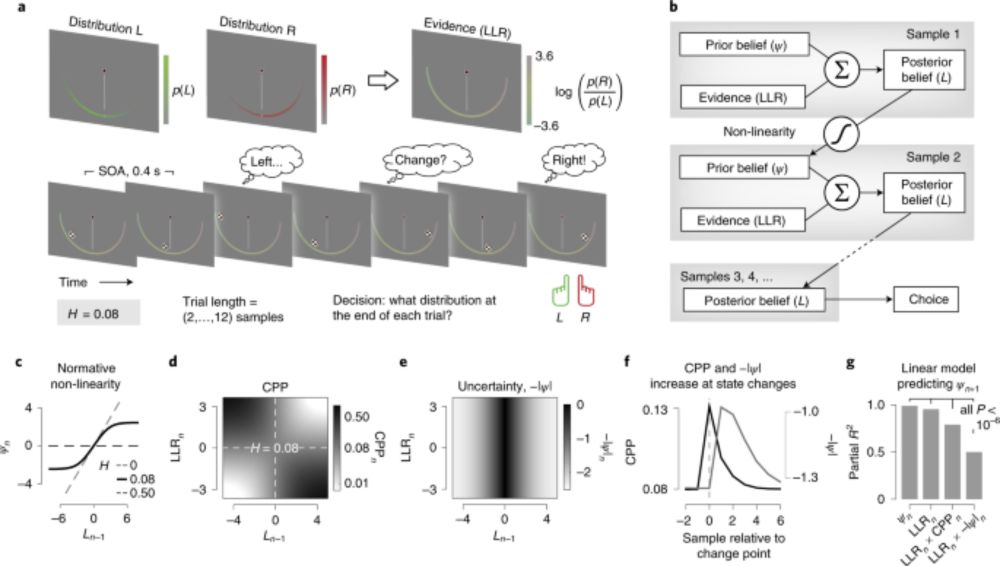Elisabeth Parés Pujolràs
@epares.bsky.social
170 followers
370 following
18 posts
Cognitive Neuroscience postdoc @ucddublin, previously
@UCL_ICN. Interested in the science & philosophy of decision making, voluntary action and consciousness.
Posts
Media
Videos
Starter Packs
Reposted by Elisabeth Parés Pujolràs
Reposted by Elisabeth Parés Pujolràs
Reposted by Elisabeth Parés Pujolràs
Reposted by Elisabeth Parés Pujolràs
Reposted by Elisabeth Parés Pujolràs
Reposted by Elisabeth Parés Pujolràs
Simon Kelly
@spk3lly.bsky.social
· Aug 21
Reposted by Elisabeth Parés Pujolràs
Simon Kelly
@spk3lly.bsky.social
· Aug 21
Reposted by Elisabeth Parés Pujolràs
Reposted by Elisabeth Parés Pujolràs
O'Connell Lab
@connelllab.bsky.social
· Jul 1
Reposted by Elisabeth Parés Pujolràs
John P Grogan
@johnpgrogan1.bsky.social
· Jun 10

Neurally-informed modelling unravels a single evidence accumulation process for choices and subsequent confidence reports
Subjective confidence in perceptual choices depends on computations occurring prior to and after choice commitment. However, the nature of these computations remains unclear. Current models disagree o...
doi.org











